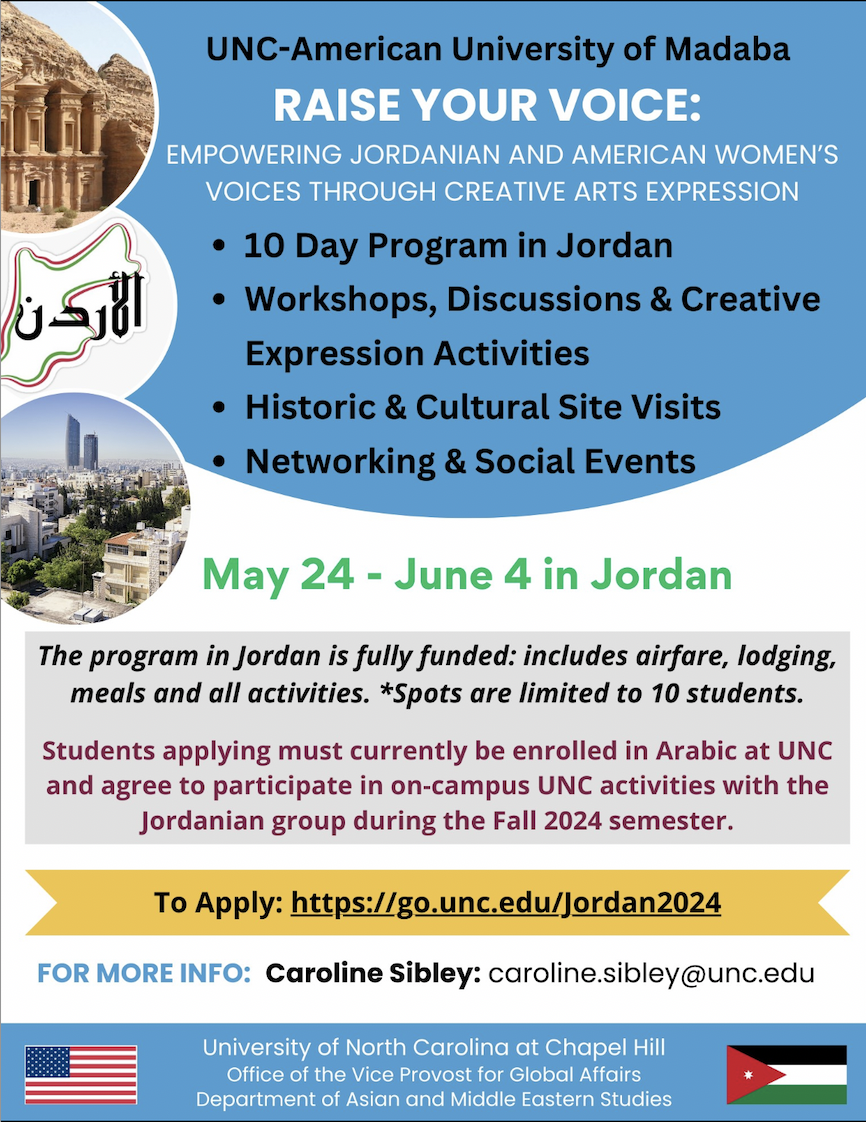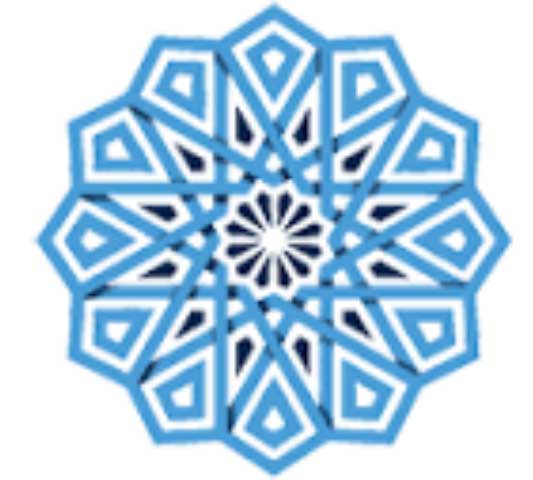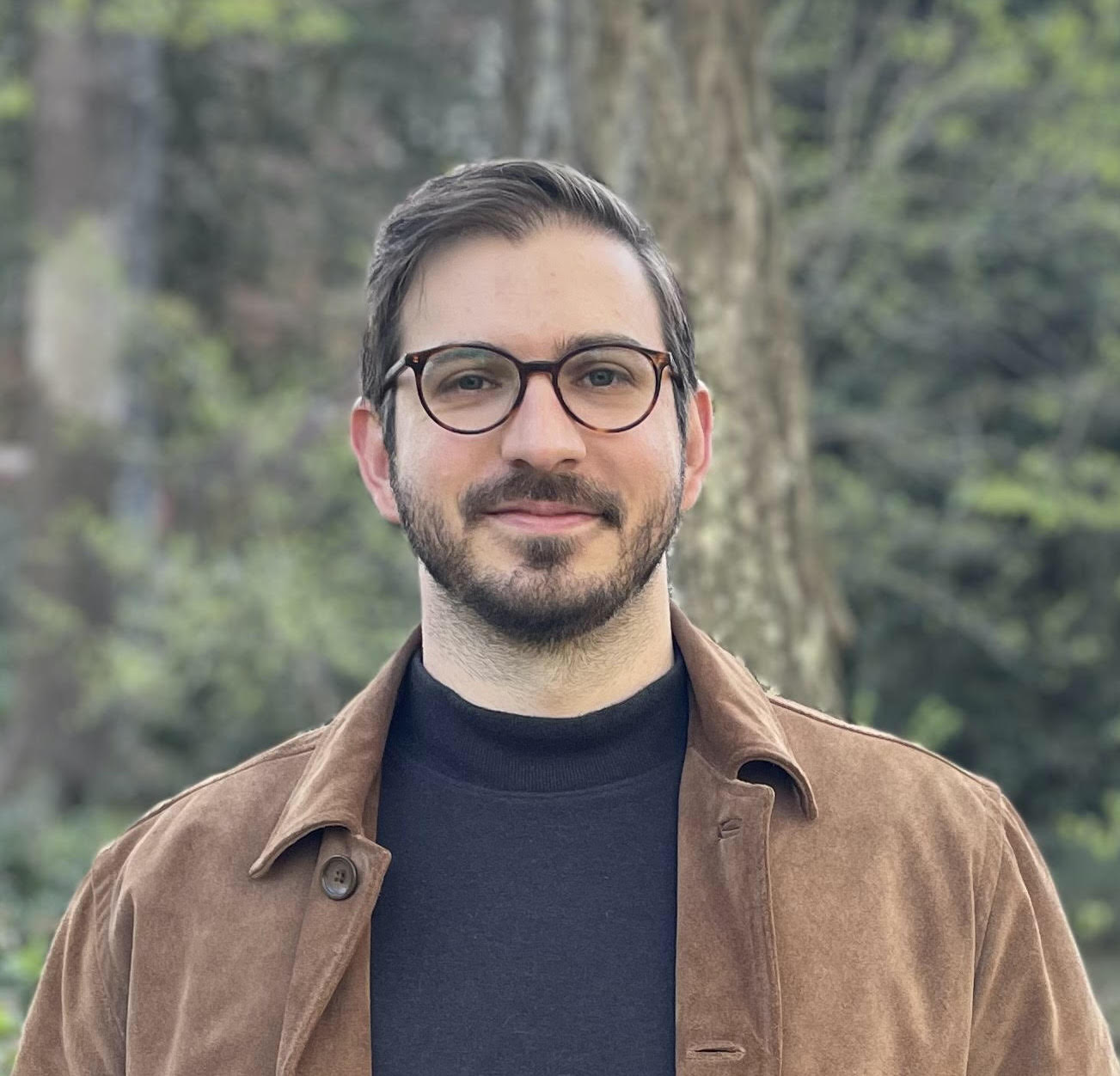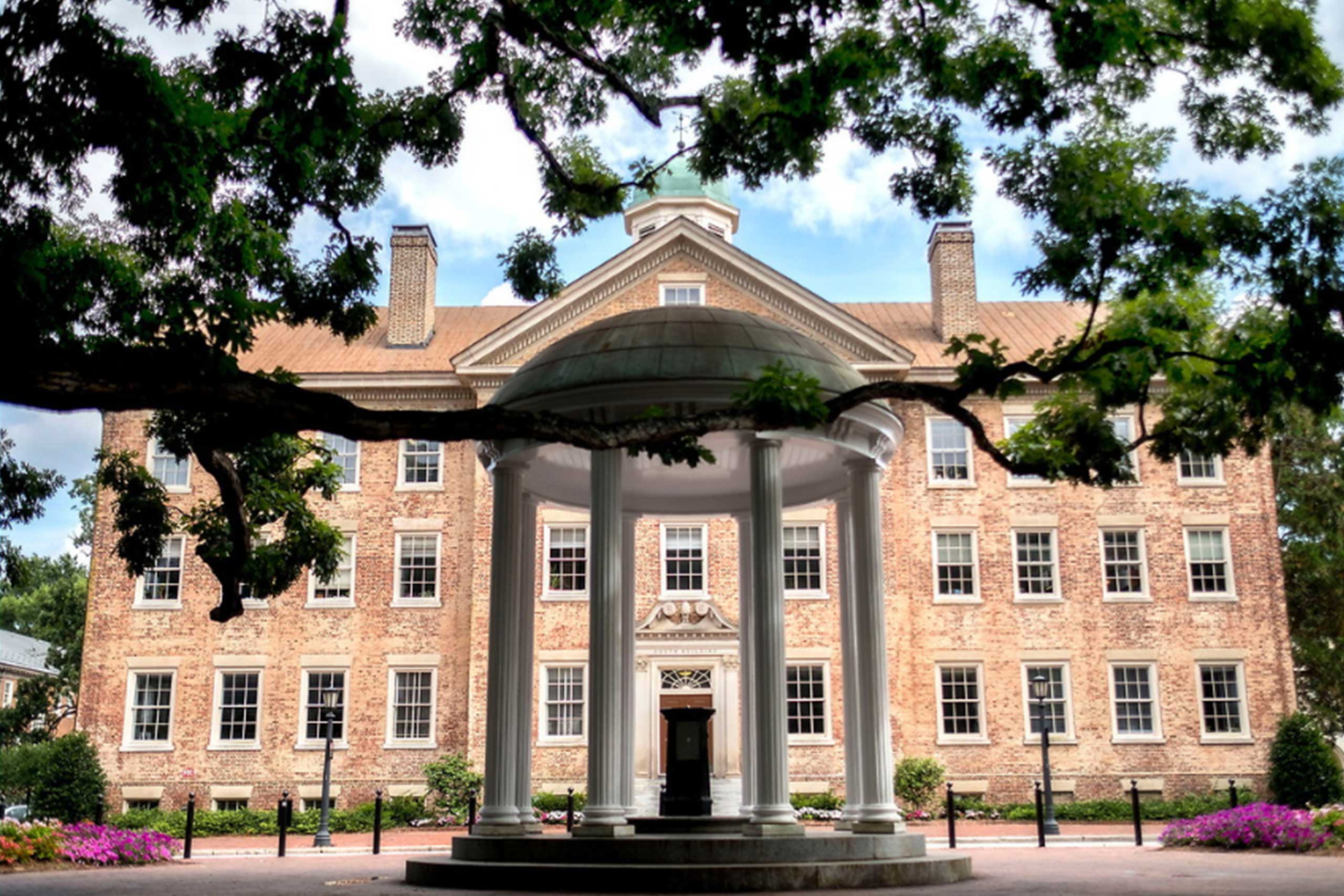
Teachers analyze works of art from the Silk Road at the Ackland Art Museum’s newly renovated Asia Gallery. Photo by Sarah Brown.
The day-long workshop, “Silk Road: Past and Present,” focused on exploration of the Silk Road through history, art and music. Participants left with a greater understanding of trade and cultural exchange, as well as the connection between the Middle East and Asia.
“The goal of the workshop was to bring educators together in a positive and culturally-rich setting to enhance their knowledge about the Silk Road,” explained Sarah Brown, outreach assistant for the Carolina Asia Center.
The workshop began with a presentation by James Anderson, head of the history department at the University of North Carolina at Greensboro, and Sucheta Mazumdar, associate professor of history at Duke University, who provided an overview of the many centuries and dynasties that spanned the Silk Road.
“I gained a lot of background knowledge that will help me be more confident when teaching this to my students” shared Megan Stevenson, a social studies teacher at Culbreth Middle School in Chapel Hill.
To focus on the modern legacies of the Silk Road, Giovanni Zanalda, director of the Duke University Center for International and Global Studies and the Asian/Pacific Studies Institute, presented on contemporary trade.

Duke University Professor Sucheta Mazumdar discusses ancient trading routes through Persia. Photo by Molly Irwin ‘18.
“It was important for the educators to think about using art as a teaching tool and method to increase the cultural competency of their students. The topic of the Silk Road is important to the Department of Public Instruction’s Essential Standards for North Carolina,” Brown said.
To further the impact of the workshop, the teachers received materials to take home with them, including a lesson plan written by the organizers that teachers simulated during the program, and a copy of A Very Short Introduction to the Silk Road by James A. Millward. Each session was followed by a discussion of how educators can bring this content back to their classrooms.
“The workshop gave me different strategies to use when teaching the Silk Road,” explained Marilyn McMillan, a history teacher at Ramsey Street High School in Fayetteville. “I will be able to use something from each aspect of this workshop.”
As recipients of a Title VI grant from the Department of Education, the Carolina Asia Center and the Duke-UNC Consortium for Middle East Studies promote understanding of their world regions by connecting K-12 educators across North Carolina to university resources through workshops, classroom resources and more.
Posted from: http://global.unc.edu/news/k-12-teachers-learn-about-the-silk-road-in-day-long-workshop/






